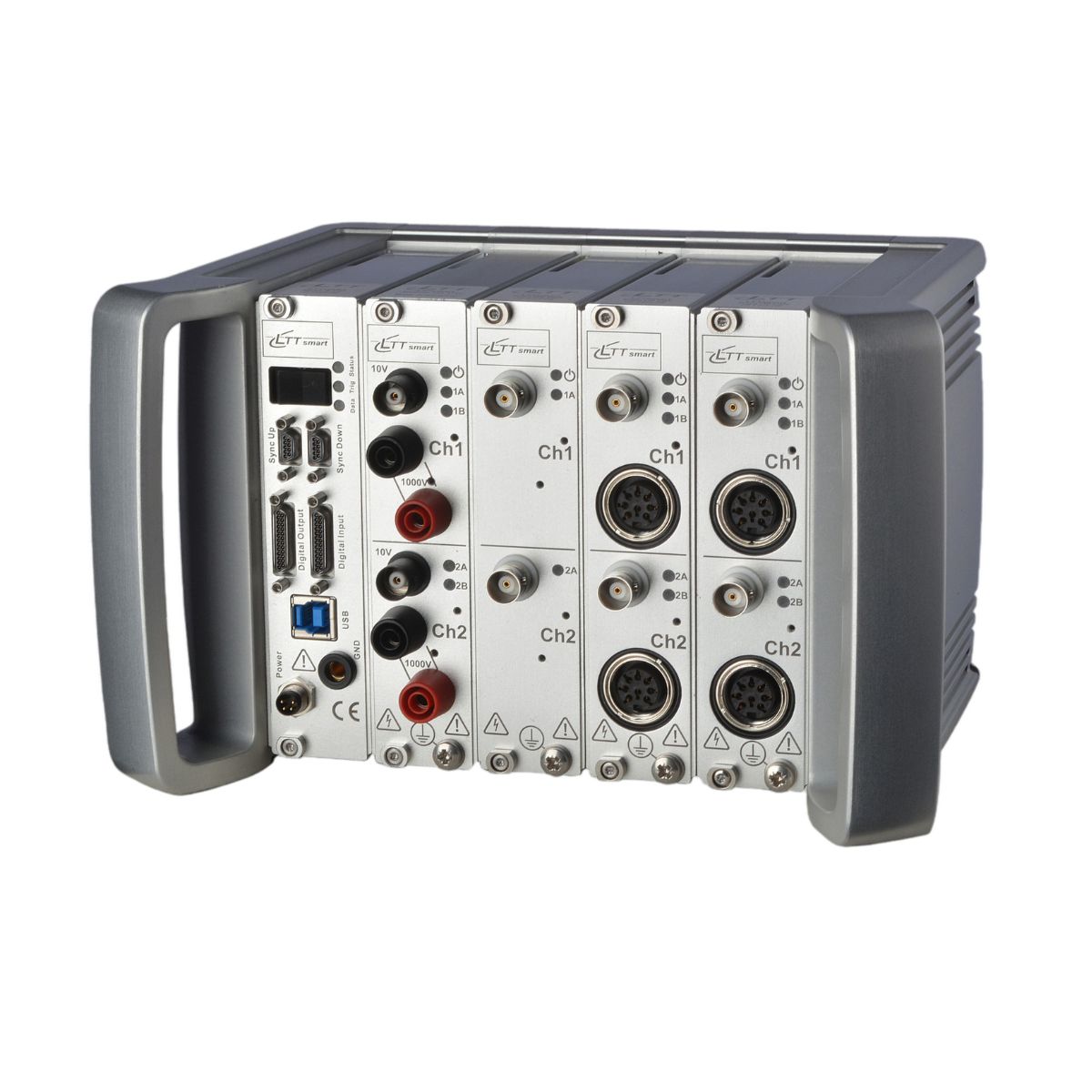

Avoiding rotor imbalance is essential to ensure the reliability and efficiency of machines
Imbalance is a condition in which the mass distribution of rotating components, such as the crankshaft, flywheel, or fan, is uneven. This leads to unwanted vibrations and reduced engine performance. It is therefore crucial to detect and correct rotor imbalance to ensure smooth operation and prevent possible damage to the engine.
There are many possible causes of rotor imbalance, including manufacturing variations, wear, accumulation of deposits, damage or misalignment of components, and installation errors. These factors can contribute to motor rotor imbalance and require careful monitoring and maintenance.
The advantages of correct rotor imbalance correction are manifold. In addition to improving the performance and efficiency of machines, it can also extend their service life. This leads to greater operational reliability and can ultimately save costs by avoiding expensive repairs and downtime. Rotor imbalance correction is therefore a critical aspect of machine and plant maintenance that should not be neglected. It contributes significantly to reliability and efficiency in industrial operations.
Specialized knowledge and equipment are required to perform rotor imbalance correction. Technologies such as balancing machines and vibration analyzers play a crucial role in this process. They enable precise diagnosis and correction, which is essential for maintaining the operational readiness and performance of rotating machines. This is exactly where NVH analysis comes into play.
NVH analysis (noise, vibration, harshness) examines the noise and vibrations produced by machines.
In rotating machines, it can help to detect and prevent imbalance at an early stage by:
In short, NVH analyses reveal imbalances through vibration and noise signatures and enable targeted countermeasures to be taken before damage or comfort issues arise.
In order to perform an NVH analysis correctly, the right measurement technology is required. The LTTsmart from Labortechnik Tasler GmbH offers the optimal solution. With its measurement accuracy and fast data transfer rate, this data acquisition device is ideal for this area of application.
Together with the NVH analysis software ‘Balancing and Vibrations Analysis’ from Siad Zibaei, all mathematical and analysis functions in this area of application can be implemented with high performance.
Contact us to find out more!
Weitere Informationen zum LTTsmart